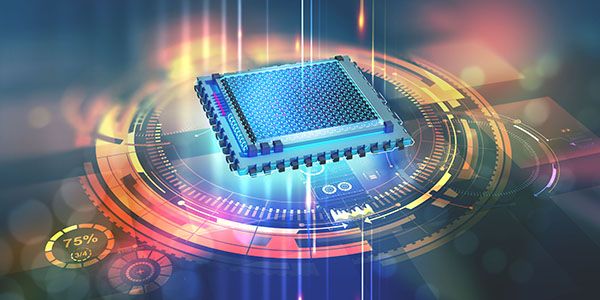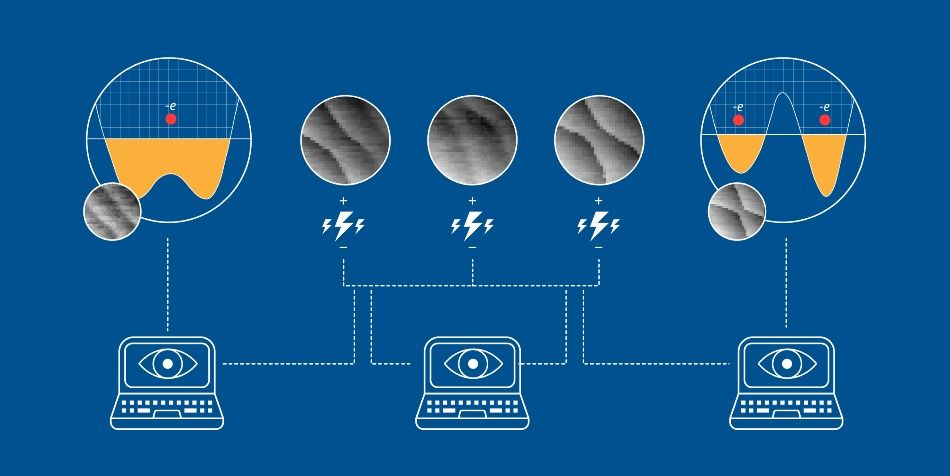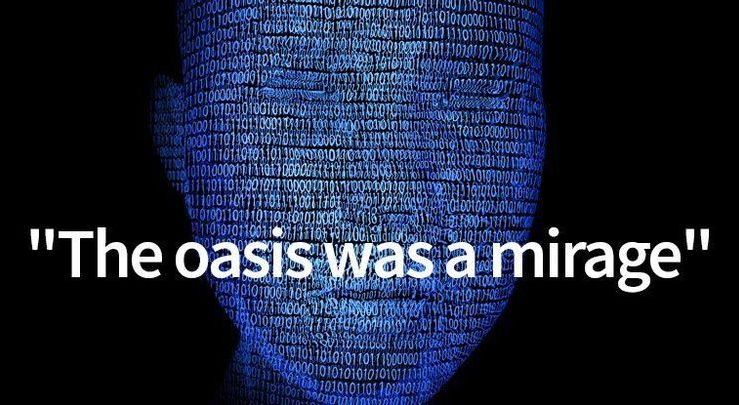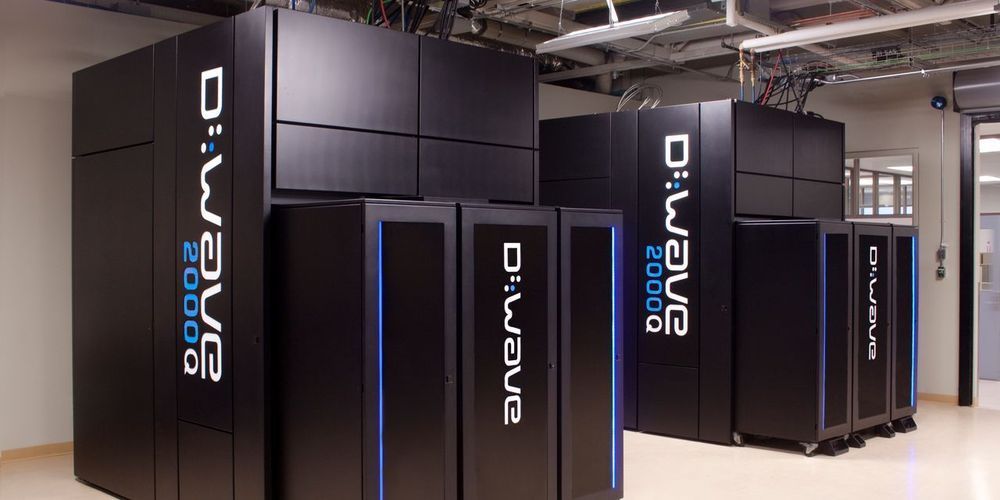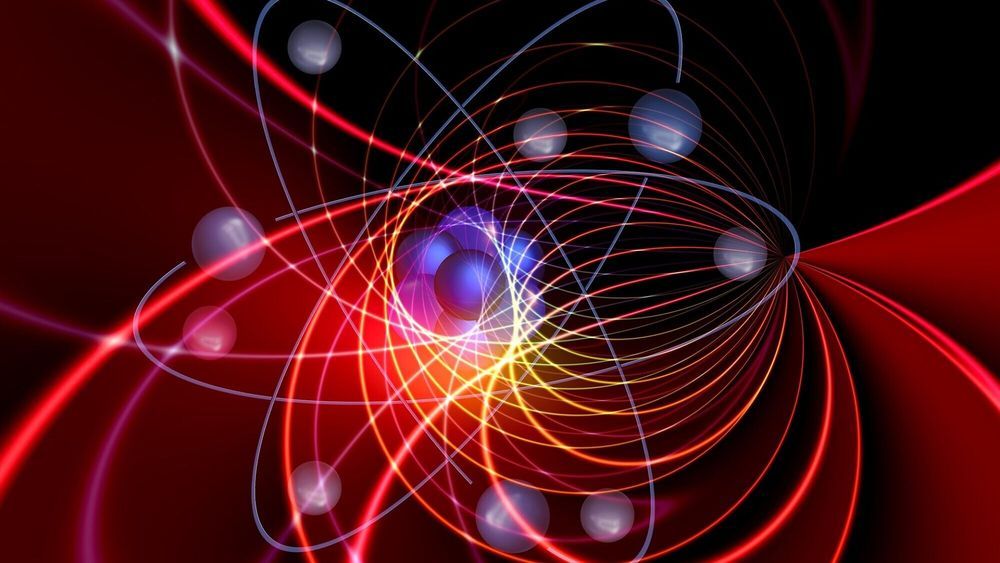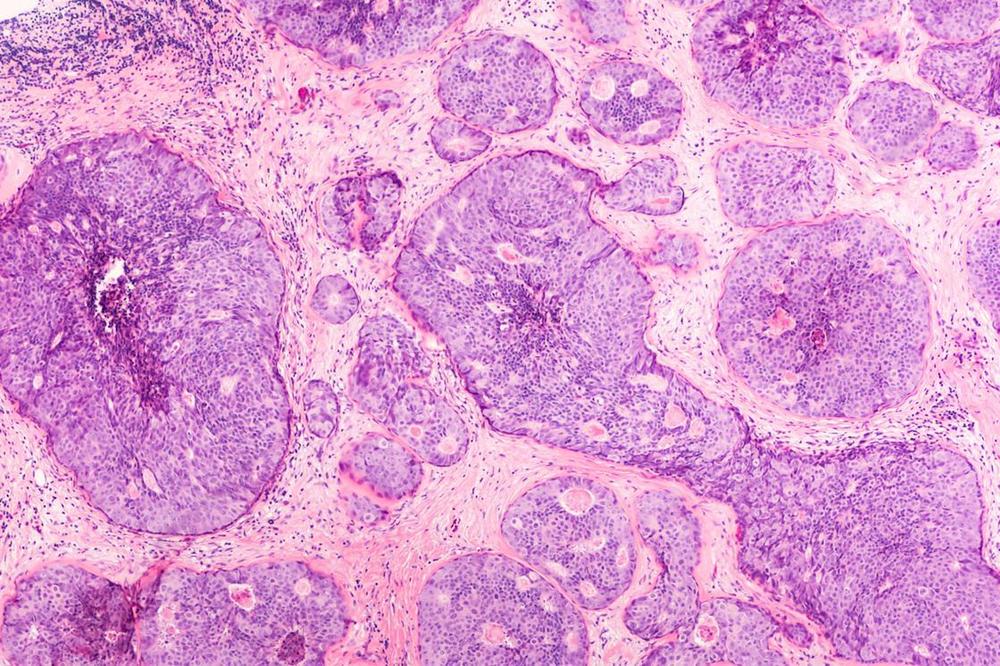Daily life during a pandemic means social distancing and finding new ways to remotely connect with friends, family and co-workers. And as we communicate online and by text, artificial intelligence could play a role in keeping our conversations on track, according to new Cornell University research.
Humans having difficult conversations said they trusted artificially intelligent systems —the “smart” reply suggestions in texts—more than the people they were talking to, according to a new study, “AI as a Moral Crumple Zone: The Effects of Mediated AI Communication on Attribution and Trust,” published online in the journal Computers in Human Behavior.
“We find that when things go wrong, people take the responsibility that would otherwise have been designated to their human partner and designate some of that to the artificial intelligence system,” said Jess Hohenstein, a doctoral student in the field of information science and the paper’s first author. “This introduces a potential to take AI and use it as a mediator in our conversations.”

